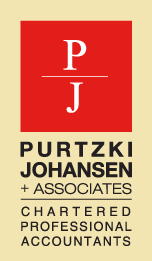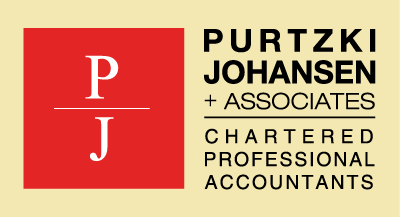
While the demand for dental treatments is stagnant, the supply of dentists is increasing steadily. Unable to fill their daily appointment books, many dentists are experiencing a decline in revenue. As more dental clinics open, there is also a shortage of qualified personnel, and dentists are forced to pay higher salaries to keep their staff from leaving.
What strategies can dentists implement to reverse the trend of a shrinking net income?
Dr. Roger Levin, a well- respected practice consultant and frequent contributor to Dental Economics, offers some practical tips. He studied the top producing clinics to determine what sets them apart from the average practice.
Based on his extensive data collection and research, here is what he found.
In general terms, these top practices do certain key operations better than others, and they do them
consistently and continuously.
Here are some examples of the differences of Top 10% practices.
They have a 50% lower patient attrition rate.
Most practices lose between 12% and 15% of their patients annually. The top 10% practices lose only 7% to 8%. This allows them to increase their patient base by 70% every 10 years.
They capture more of the new patients who contact their offices.
Many practices have 10% to 20% of new-patient callers never make an appointment, and another 10% to 20% never show up for the first appointment. The top 10% of practices impart more value in the first phone call by creating a stronger bond with potential new patients. As a result, 98% of new patients that contact them make an appointment, and of those, 98% of them show up for the appointment, and 95% of them accept the recommended treatment.
They have higher case acceptance
Top 10% practices consistently propose an ideal and comprehensive treatment plan with good financial payment options. This results in a larger average production per patient.
Top 10% practices don’t waste chair time
Most practices have a no-show rate between 4% and 6%. The top 10% practices have a no-show rate under 1%. It means that they have 3% to 4% more of their appointments filled.
Top 10% practices have a higher number of active patients scheduled
On average, these practices have approximately 95% of active patients already scheduled for the next appointments. Most other practices range between 85% and 90%. This 10% difference is a major factor in boosting revenues.
They set specific goals and targets and measure them regularly.
Top 10% performing practices have an excellent management information system to help them understand practice performance so corrective action can be taken immediately. Examples include production, collection, profit, overhead, average production per patient, hygiene statistics, no-shows, and even patient punctuality.
They specifically target a minimum number of new patients per month
The top 10% practices proactively design customer service and marketing plans to maintain a referral pattern that allows them to reach a target number of new patients.
They attract 45% more family members as referrals from new patients than most other practices.



